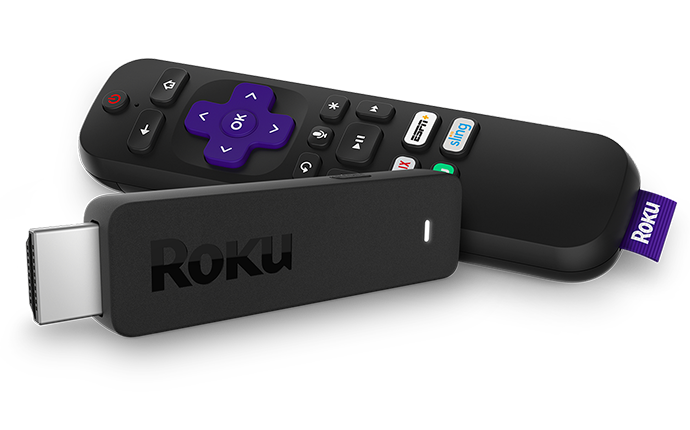Cutting the TV cable cord or your provider stopping TV service? There are several excellent choices, but satellite is not one of them, unless it’s your only option.
As many of you know, satellite TV service still suffers from what’s called “rain fade”, where your signal is lost when there is moderate/heavy rainfall. Nothing like watching your favorite show or game and a rain cloud come up and miss half of it.
The much better option today is streaming over your internet connection, with no “rain fade”. Many locations now have blazing fast fiber optic internet and even in the areas where fiber is not available, very fast broadband is usually available from either your phone company, cable company, and possibly your local power company.
With that in mind, you have to decide on what hardware and what streaming service to use. Currently, the top two hardware devices are Roku (my pick) and Amazon. Each offers several types of devices, from small “stick” type devices, which are wireless, that plug directly into your TV’s HDMI port, to the hard-wired stand-alone devices, that take an ethernet cable input.
You can easily compare many devices and features online. If you have access to an ethernet cable connection, your better option would be to go for a device that takes the ethernet (hard wire) plug. This gives your device the most reliable connection. An example of a hard-wired Roku device would be the Roku Ultra, which comes with a hard wired ethernet port, HDMI port, and a USB port (currently $49.00, half price, as of this writing). Models with the USB ports allow your device to act as a media player as well, allowing you to play content like videos or view pictures from a USB drive.
For those areas where you do not have access to a hard-wired connection, then the Roku SE or Roku Streaming Stick are excellent wireless choices. At Walmart, the Roku SE starts at $18.00, as of this writing.
Once you decide on your hardware, then you need to decide on which streaming service to use. I have used numerous services over the years and my current favorite is YoutubeTV. YoutubeTV has most all of your normal cable type channels, sports channels (ESPN), local network channels (ABC, CBS, NBC, FOX), news channels (Fox News & CNN)…etc. Currently, YoutubeTV is $49.99 per month and allows you to stream the service to 3 TV’s (or devices) at the same time.
Hulu+ Live TV, was my go to steaming service until just recently. When I first signed up with Hulu, several years back, their service was $39.99/month. Last year, Hulu+ TV raised their prices to $44.99/month, still not to bad you say, but as of this December 2019, Hulu+ TV takes a whooping price jump from $44.99/month to $54.99/month. That enormous increase caused me to shop around and find the value in YoutubeTV. I not only like the cheaper price, but YoutubeTV is much easier to navigate and the programming guide is much easier to use. Another added bonus, YoutubeTV gives you unlimited DVR cloud storage. So, you can record all your favorite shows and save them, without having to worry about deleting some to make room for new shows. Hulu+ TV only gives you 50 hours of DVR cloud storage space.
Plus, with a Roku, there are thousands of free channels to choose from as well. If you are a Weather Channel fan, you will not currently find The Weather Channel available on any of the streaming packages, that I have looked at. The Weather Channel is still old school and sticks to cable only type providers. But, have no fear, there is an excellent, FREE, alternative. On the Roku, you can add The Weather Nation. The Weather Nation is free and to me offers the same level, if not better, weather coverage than The Weather Channel.
So, final thoughts, if you are truly ready to “cut the cord”, I believe you will be happy with a Roku device and one of the many streaming services available. I would only use satellite as a last resort. Do a little research into the various streaming devices and services and find what works best for you.




